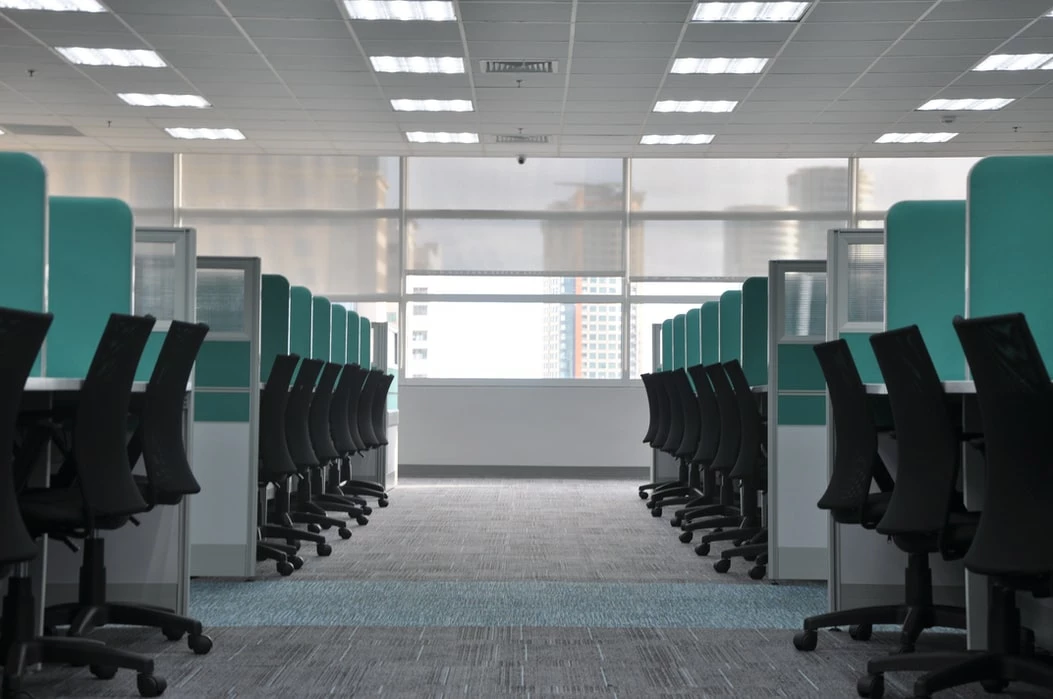
Partner Article
Covid-19: Ensuring safety and reducing transmission when the world returns to work
Today is the World Day for Safety and Health at Work and the International Labour Organisation (ILO), a United Nations agency – which has observed this day since 2003 – has used this year to address the outbreak of infectious diseases at work. As well as publishing a report on how to ensure health and safety at work during the pandemic, the ILO has also stimulated a ‘tripartite’ dialogue – the negotiation, consultation and information exchange between different actors.
When the various global restrictions are lifted, organisations will need to think carefully about how they will return to business while maintaining the safety of their employees and customers. As well as keeping social distancing measures in place, technology will have a role to play in the way that this process is managed.
“The office will never be the same after the pandemic,” said Paul Kostek, a senior member of the IEEE and advisory systems engineer with Base2 solutions. “We’ve learned that many large organisations can function with a distributed workforce and this will allow companies to recruit staff from a wide geographic area and save considerably on real estate. For those that do return full-time and are office based, I expect social distancing to still be in force for a while and more people will be meeting via video conferencing tools rather than in an actual conference room. These tools will likely increase in use to communicate rather than walking over to talk with someone.”
Protecting the health and safety of employees in the workplace must be paramount and certain measures can potentially be put in place to minimise the risk of transmission among staff. Sensor technology will be useful here, in terms of continually monitoring not only the staff, but also the environment.
“In response to the pandemic, sensors may be installed at entryways to determine whether employees are running a temperature – with others installed in dining areas, break rooms and restrooms to monitor people throughout the day. Naturally, this will raise certain privacy issues that employers and their employees will need to address,” continued Kostek. “I’d also expect to see sensors installed by air vents in buildings to measure air flow and provide feedback on the need to increase or decrease flow. Closed loop systems that recycle air will need sensors to monitor the air quality and ensure pollutants or airborne viruses are not spread. For buildings with opening windows sensors can also be used to measure airflow.”
This was posted in Bdaily's Members' News section by D Baker .






 A legacy in stone and spirit
A legacy in stone and spirit
 Shaping the future: Your guide to planning reforms
Shaping the future: Your guide to planning reforms
 The future direction of expert witness services
The future direction of expert witness services
 Getting people into gear for a workplace return
Getting people into gear for a workplace return
 What to expect in the Spring Statement
What to expect in the Spring Statement
 Sunderland leading way in UK office supply market
Sunderland leading way in UK office supply market
 Key construction developments in 2025
Key construction developments in 2025
 Mediation must be part of planning process
Mediation must be part of planning process
 From apprentice to chief financial officer
From apprentice to chief financial officer
 Don't stifle growth with apprenticeship cuts
Don't stifle growth with apprenticeship cuts
 The start-up landscape: What lies ahead in 2025
The start-up landscape: What lies ahead in 2025
 JATCO adds welcome drive to automotive sector
JATCO adds welcome drive to automotive sector